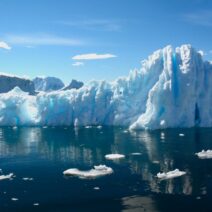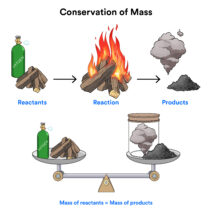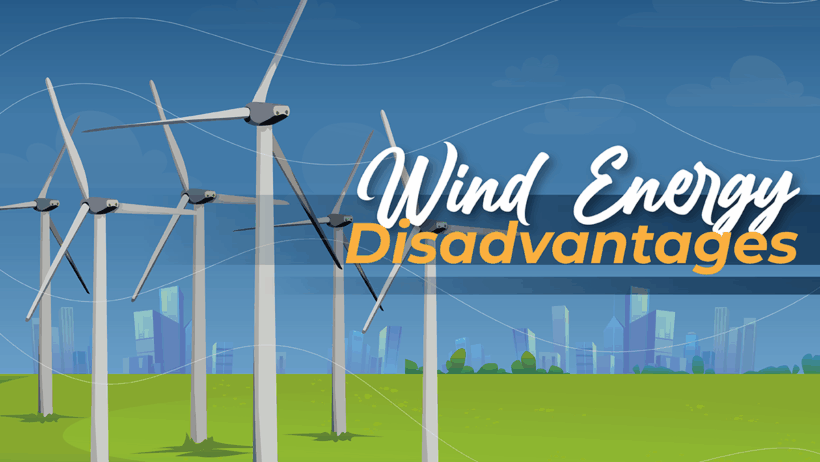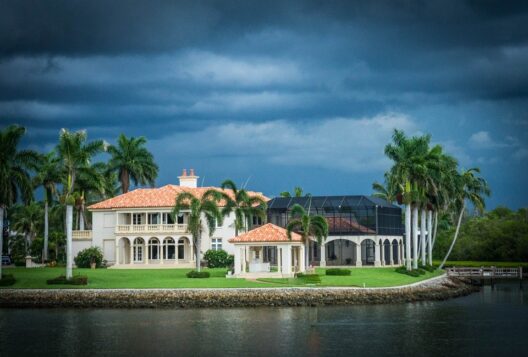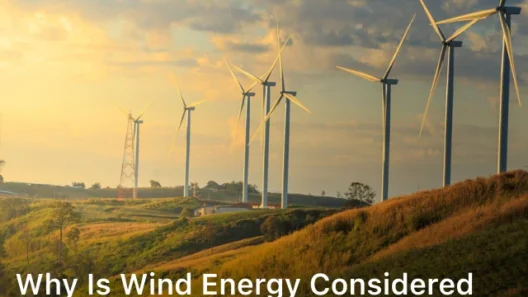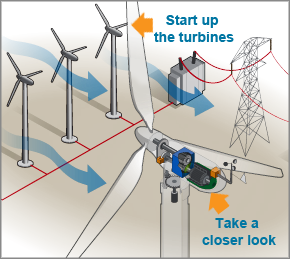The allure of wind energy is undeniable. Its promise of renewable power generation and carbon-neutral energy contributes substantially to the global fight against climate change. However, the adoption of wind energy is not without its challenges. As we delve into the intricacies of this sustainable energy source, we uncover five significant disadvantages that merit examination. Understanding these drawbacks presents a more nuanced view of wind energy’s role in our future energy landscape.
Aesthetic Disruption: Turning Landscapes into Industrial Zones
Wind farms, often described as modern-day windmills, can create stunning visuals against expansive horizons. Yet, to some, they evoke a contrasting narrative of beauty and disruption. The erection of large turbines transforms serene landscapes into industrial zones. Communities that once cherished their panoramic views may find themselves grappling with the intrusion of towering structures.
The aesthetic appeal of natural environments can diminish significantly due to the presence of wind turbines, causing an emotional and cultural backlash. For instance, rural areas, known for their picturesque views, often face opposition from residents who champion the preservation of their local landscapes. The juxtaposition of vast open fields and colossal machinery raises questions about our priorities—do we value nature’s artistry or the pressing need for renewable resources more?
Avian Casualties: The Hidden Toll on Bird Populations
One of nature’s most enchanting features is the avian life that populates our skies. However, the proliferation of wind turbines introduces an unintended peril to these birds. The rotational blades, often obscured by the swirling gusts, can pose grave threats to flying species, leading to increased mortality rates.
Studies have revealed that migratory birds, often traversing important habitats, are particularly vulnerable. As turbine installations expand, the collision risks rise, prompting a necessary conversation about biodiversity preservation. The potential for avian fatalities raises ethical dilemmas: at what cost do we pursue renewable energy? Protecting bird populations must be a paramount consideration, driving innovative designs to keep turbines as avian-friendly as possible.
Intermittency Issues: The Unpredictability of Wind
Wind energy is inherently dependent on the whims of nature. Unlike fossil fuels or nuclear power, which can provide a continuous energy output, wind energy is subject to fluctuation and variable patterns. This intermittency introduces significant challenges for grid management and energy reliability. When the wind fails to blow, energy generation dwindles, causing potential shortfalls.
Energy consumers yearn for a steady power supply; thus, reliance on wind can complicate this goal. In many regions, fossil fuels or other energy storage systems must supplement wind energy to ensure a consistent flow. This reliance manifests as an increase in operational costs—and the transition to cleaner alternatives becomes less streamlined than initially anticipated. Consequently, investment in storage technologies that can address these gaps is essential, though it adds complexity to overall energy strategies.
Higher Initial Costs: The Economic Barrier
Investing in wind energy infrastructure carries substantial upfront costs, which can deter potential stakeholders. The costs associated with construction, turbine installation, and connecting to the electrical grid can be daunting. Financial backing is required not only for the turbines but also for land acquisition, permitting, and interconnections. This initial financial hurdle can be a significant barrier for many communities, particularly those with limited resources.
While long-term savings and environmental benefits may be realized through reduced operating costs and lower greenhouse gas emissions, the initial fiscal burden remains a considerable obstacle. Policymakers and investors must navigate this economic landscape delicately, balancing short-term financial realities with the long-term vision of sustainability. The challenge lies in convincing communities of the eventual return on investment within a climate-conscious framework.
Noise Pollution: The Sound of Wind Energy
Another often-overlooked disadvantage of wind energy lies in the acoustic disturbances generated by turbine operations. The whooshing sound of blades slicing through the air can create a cacophony that intrudes upon the tranquility of nearby communities. Sound levels can vary based on turbine size and wind conditions, but in residential areas, the noise can be especially bothersome during both day and night.
The psychological impact of noise is significant; it can disrupt sleep patterns, increase stress levels, and diminish the overall quality of life. Concerns about noise pollution can lead to neighboring communities opposing wind farm projects, further complicating the pursuit of renewable energy initiatives. Addressing these auditory nuisances requires innovative engineering solutions and careful planning to minimize disruption while expanding wind energy’s viability.
In conclusion, while wind energy offers a pathway towards a sustainable futures, it is imperative to examine its drawbacks. From aesthetic disruption and avian fatalities to intermittency issues, economic barriers, and noise pollution, the challenges of wind energy adoption are significant. A holistic approach—one that balances environmental benefits with mitigating measures—will prove essential as we navigate the intricate terrain of renewable energy. Understanding these disadvantages enables us to make informed decisions and foster conversations around the most responsible ways to harness nature’s incredible power.

